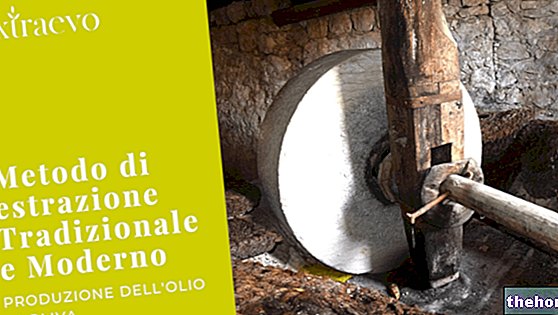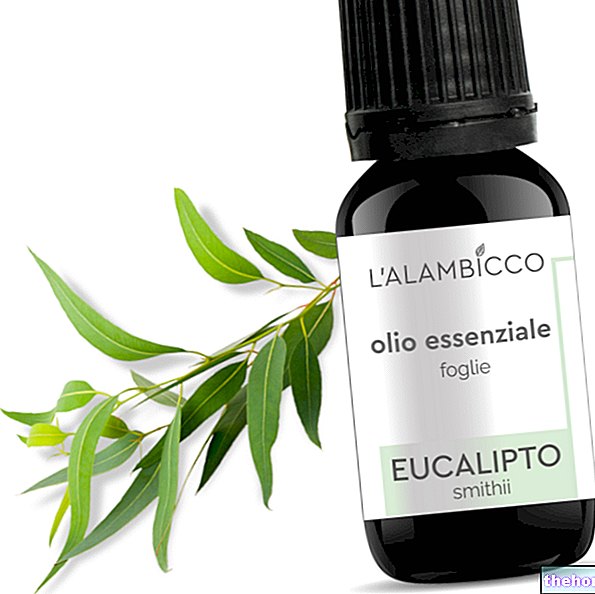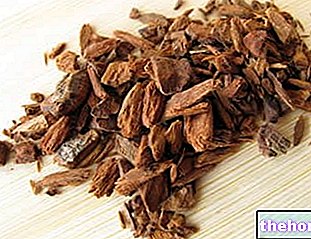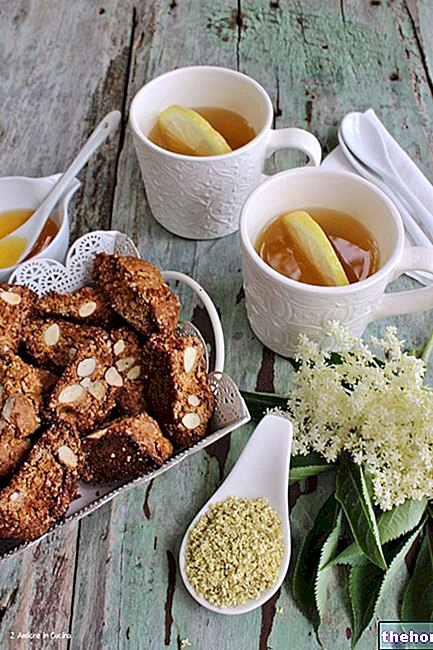Cultivated plants are the primary source of supply, since drugs largely have a "plant origin."
Today, spontaneous plants have been supplanted by cultivated ones, essentially for market reasons. Commercial needs have in fact imposed a quantitatively higher production compared to past times. Once, spontaneous plants were the main source of drugs and, even if the few cultivated in the past were nothing compared to the present ones, they still play a role of enormous pharmaceutical and voluptuous importance, such as opium poppy, coca and cannabis; all sources of drugs intended mainly for "luxury use", but which contain active pharmaceutical ingredients: for example, morphine, obtained from poppy and from whose diacetylation "heroin is obtained," is the only active ingredient capable of calming pain related to extremely strong, unbearable contractions and blunt traumas, or associated with terminal conditions; morphine, therefore, has enormous pharmaceutical importance because, together with its derivatives, it is the last bastion in extreme situations.
Coca leaves, a plant cultivated for centuries and millennia as a "social" plant, were chewed more for necessity than for pleasure use; today, on the other hand, coca has become a demonized plant, because we Europeans make a voluptuous use of it, abusing its active ingredient that becomes narcotic, cocaine. This substance has also had a pharmaceutical history as an anesthetic active ingredient; its molecular structure also inspired modern anesthetic molecules such as lidocaine and novocaine.
Finally, cannabis is a demonized plant, which possesses morphological and chemical polymorphism; the active ingredients are in fact the famous cannabinoids. Cannabis has been grown for centuries and millennia not so much for cannabinoids, but for fiber. Fiber hemp was widespread in our territories, but was removed because it was demonized, since in addition to fiber it produced and contained cannabinoids.
Plant cultivation then evolved significantly when the demand on the market for medicines was amplified, together with that of consumers and their desire to be able to choose between multiple plants both in terms of quantity, referring to a single species, and in terms of of quality, referring to several different species.
Once upon a time, the few cultivated plants were mainly intended for pleasure or pharmaceutical use; moreover, some of them grew in very small places, essentially in botanical gardens, called the simple gardens; these were small plots that were part of the pharmaceutical heritage of the simple (those who formulated drugs simply starting from drugs.) Today, however, crops are much more extensive and carried out in places where native species are grown with medicinal efficacy, or non-native species are imported and cultivated with equal effectiveness, since the factors environmental aspects of the territory do not affect the quality of that particular plant.
There are many cultivated plants of medicinal interest, some examples are cinnamon, chamomile, lavender, licorice, mallow, thyme and many others. There are elements regarding cultivation, favorable or limiting; the limiting ones are:
the high cost of labor, also depending on the type of drug to be harvested (example: chamomile is harvested mechanically, rhubarb by hand, when the plant is now four years old);
the difficulty in finding the nursery material that is characteristic, a typical problem of drugs with an exotic source that is particularly rare or not widely distributed on the continent or with very limited market demand;
the lack of adequate local or temporary mechanization.
But, above all, what must always be kept constant is the knowledge of the correct cultivation and collection of the drug, in the sense that the drug must be collected while maintaining the morphological aspects reported in the Pharmacopoeia.
Other articles on "Cultivated plants"
- Drugs, use and types of drugs
- Pharmacognosy
- Drug collection and cultivation




























